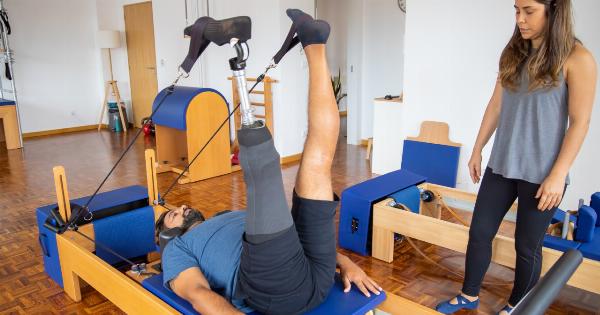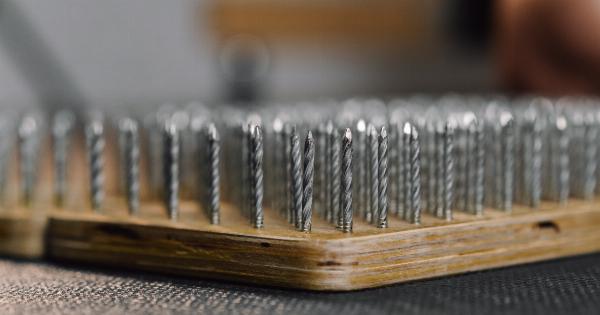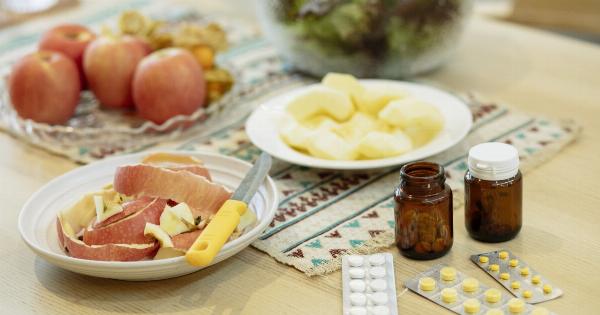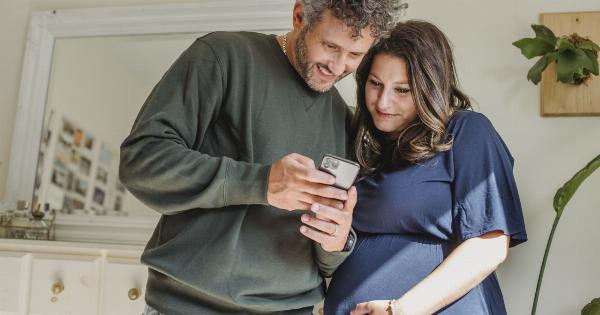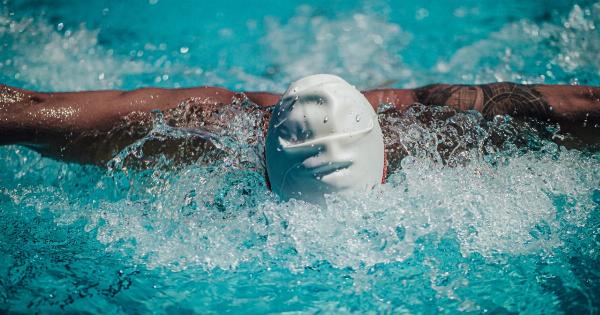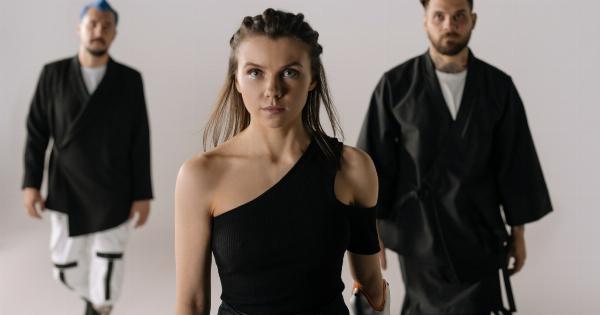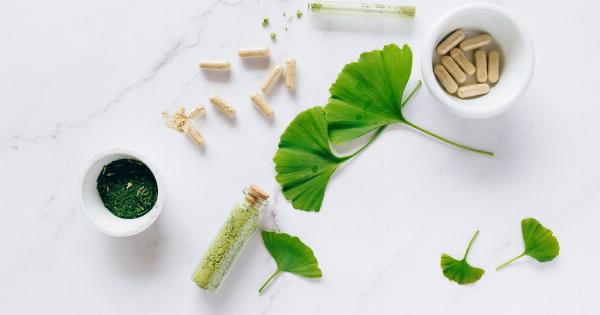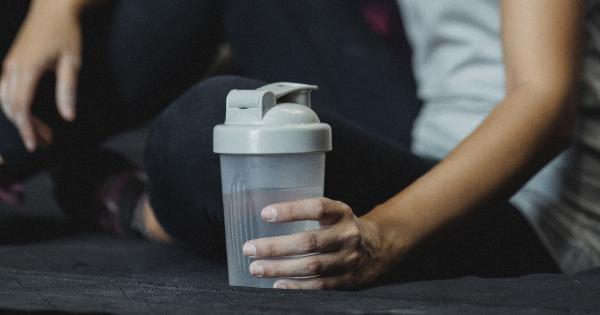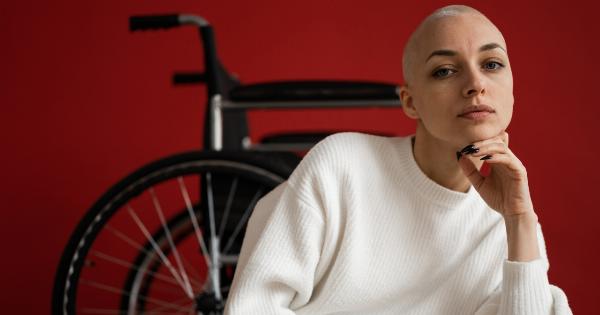A stroke occurs when the blood flow to the brain is disrupted, leading to the death of brain cells. This can result in various physical, cognitive, and emotional impairments.
Stroke survivors often face challenges in daily activities and require rehabilitation to optimize their recovery. In this article, we will explore various strategies and techniques for optimizing recovery after a stroke.
1. Early Rehabilitation
The road to recovery begins with early rehabilitation. Stroke survivors should be introduced to rehabilitation programs as soon as possible.
These programs may include physical therapy, occupational therapy, speech therapy, and other specialized therapies based on individual needs. Early rehabilitation aims to prevent further complications and promote functional independence.
2. Physical Therapy
Physical therapy plays a crucial role in stroke recovery. A skilled physical therapist can assist stroke survivors in regaining their strength, balance, and mobility.
The therapist may use various techniques such as exercises, stretching, gait training, and functional tasks to improve motor skills and coordination. Regular physical therapy sessions can significantly enhance the overall recovery process.
3. Occupational Therapy
Occupational therapy focuses on improving the ability to perform daily activities. Stroke survivors may face challenges in activities such as dressing, eating, writing, and bathing.
An occupational therapist works with the individual to develop strategies, adapt the environment, and use assistive devices to regain independence in these activities. Occupational therapy greatly contributes to functional recovery.
4. Speech Therapy
A stroke can impair speech and language skills, leading to difficulties in communication. Speech therapy targets the challenges faced in speaking, understanding, and swallowing.
A speech therapist uses exercises, techniques, and assistive devices to improve speech clarity, comprehension, and swallowing abilities. Regular speech therapy sessions can significantly enhance communication and overall quality of life.
5. Cognitive Rehabilitation
A stroke can impact cognitive abilities such as memory, attention, problem-solving, and judgment. Cognitive rehabilitation aims to improve these areas through various techniques.
Activities such as puzzles, memory exercises, and cognitive retraining tasks are commonly used. Cognitive rehabilitation can help stroke survivors regain their cognitive functioning and enhance their independence in daily tasks.
6. Assistive Devices
Assistive devices play an important role in stroke recovery, facilitating independence and improving quality of life. Depending on the impairments, various devices may be recommended.
Examples include mobility aids like canes or walkers, adaptive utensils for eating, communication devices for speech difficulties, and home modifications for safety and accessibility. Assistive devices should be chosen based on individual needs and preferences.
7. Emotional Support
Stroke recovery can be emotionally challenging for both the survivors and their loved ones. It is essential to provide emotional support throughout the recovery process. This may involve counseling, support groups, or individual therapy sessions.
Emotional support helps in coping with the changes, reducing anxiety and depression, and promoting overall well-being.
8. Healthy Lifestyle
A healthy lifestyle plays a vital role in optimizing recovery after a stroke. Encouraging a balanced diet, regular exercise, adequate sleep, and stress management are crucial. Good nutrition supports healing and overall well-being.
Physical exercise helps improve strength, endurance, and cardiovascular health. Adequate rest and stress management techniques contribute to overall recovery.
9. Medication Management
Proper medication management is crucial for stroke survivors. Following the prescribed medication regimen and attending regular medical check-ups is essential.
Medications may include blood thinners to prevent blood clots, cholesterol-lowering drugs, and medications to control blood pressure and diabetes. Effective management of medication reduces the risk of further complications and aids in recovery.
10. Continued Rehabilitation
Stroke recovery is an ongoing process, and continued rehabilitation is necessary even after discharge from formal therapy.
Engaging in home exercises, practicing functional activities, and participating in community-based programs can further enhance recovery. Regular follow-ups with therapists and healthcare professionals allow for adjustments in the rehabilitation plan as needed.
Conclusion
Optimizing recovery after a stroke requires a comprehensive approach that includes early rehabilitation, physical therapy, occupational therapy, speech therapy, cognitive rehabilitation, and the use of assistive devices.
Emotional support, a healthy lifestyle, proper medication management, and continued rehabilitation are also crucial aspects. By implementing these strategies, stroke survivors can maximize their potential for recovery, regain independence, and improve their overall quality of life.



